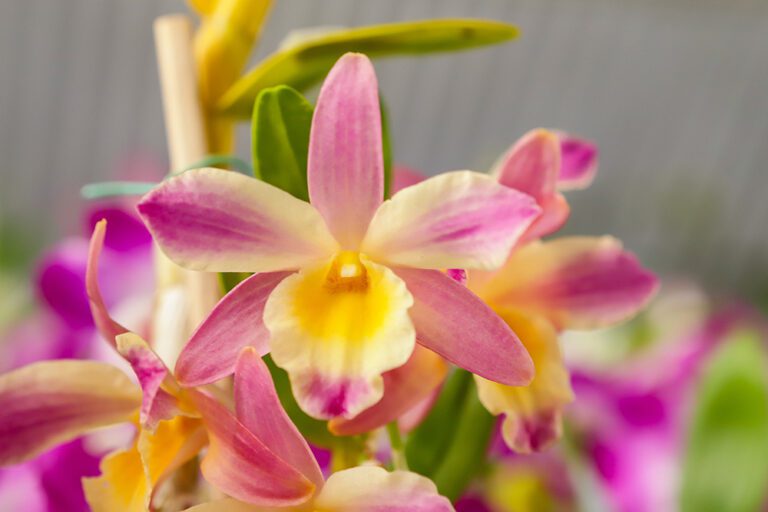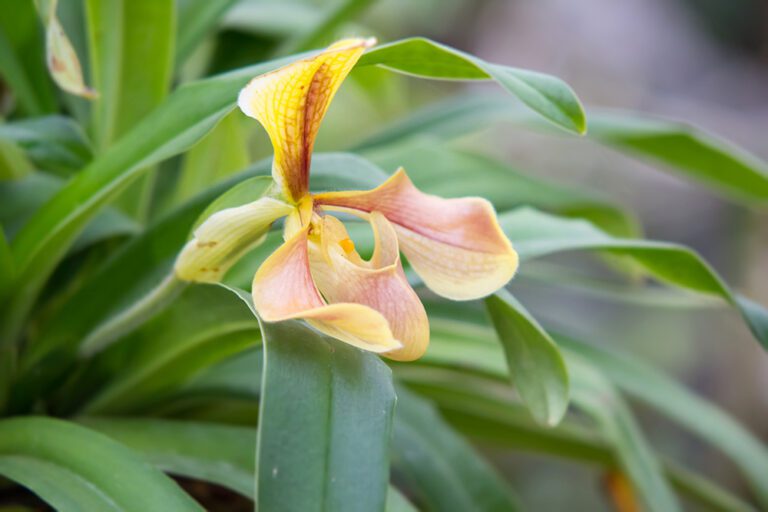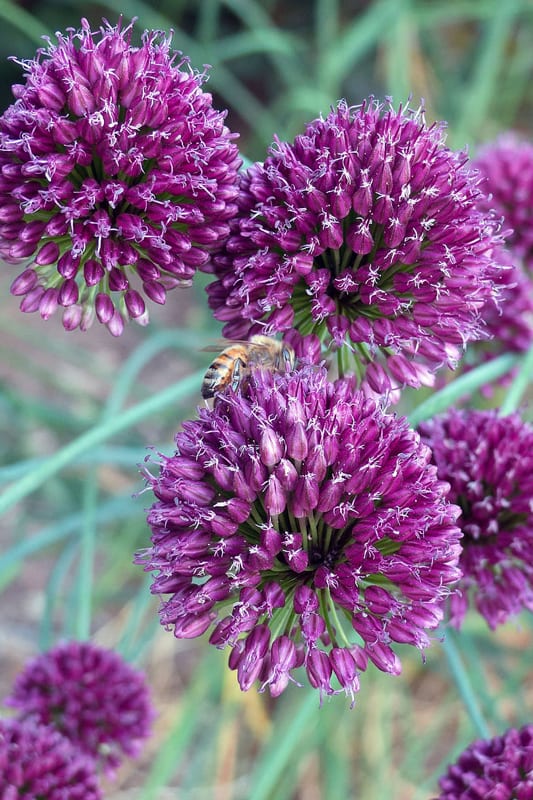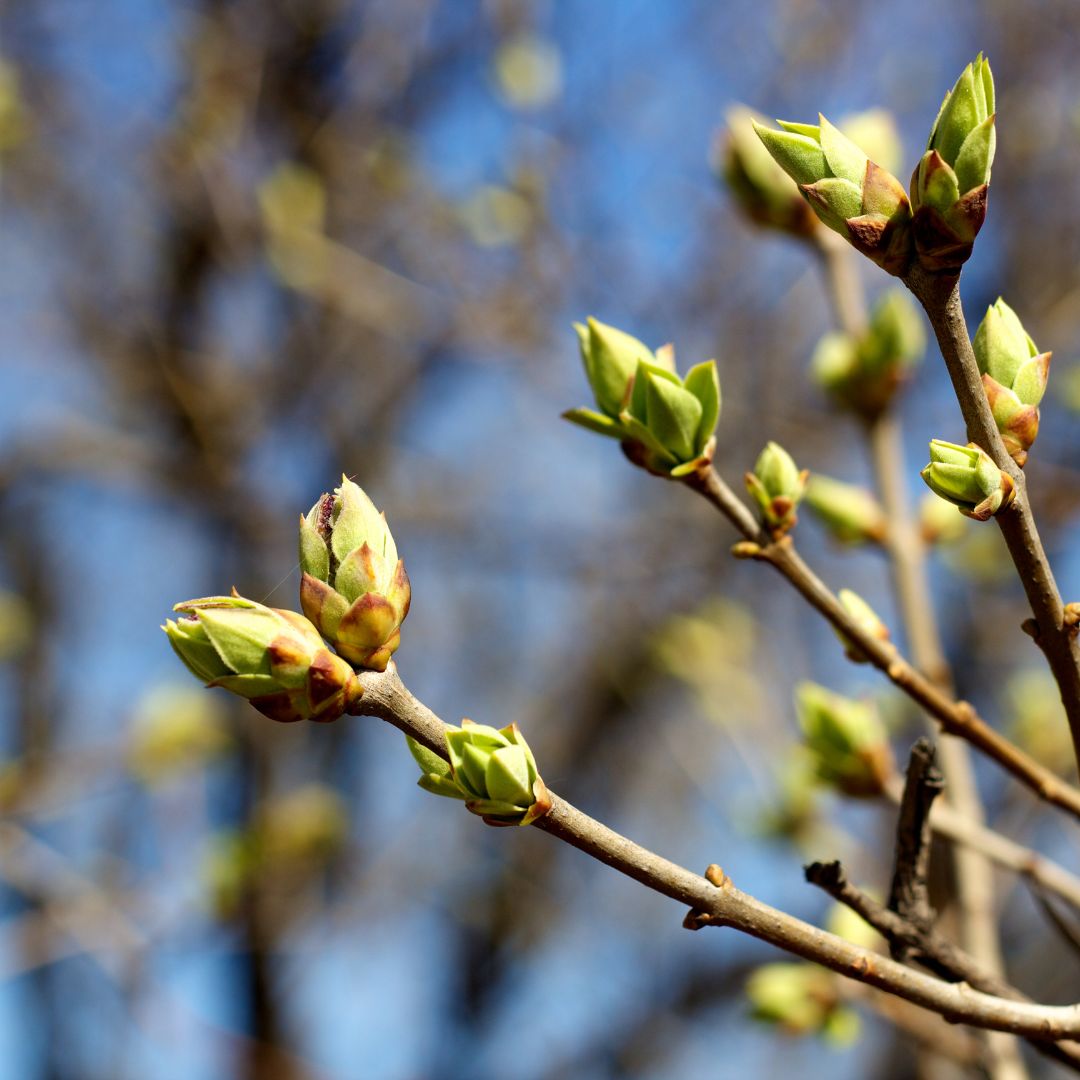
- Mon - Sat: 9AM-6PM & Sun: 10AM-5PM
- 1440 Kearney Street, Denver CO 80220
Cattleyas are some of the most commonly grown orchids. The Cattleya group consists of plants from several genera. These include Cattleya, Laelia, Brassavola, Sophronitis, and epidendrum, as well as several others. When these inter-generic crosses are made, we end up with a plant such as Laeliacattleya (LC). Like most other orchids, they grow in trees in nature, and their roots are accustomed to being dry between watering. For this reason, they are potted in very porous, free-draining media, the most popular being fir bark.
There are two ways to provide water: in the pot by watering and in the air by humidity. A mature cattleya should be allowed to dry out between watering. The weight of the pot is a good indicator of the plant’s need for water. Plants in active growth need more water than plants that are resting. Water temperature should feel tepid to the touch. Humidity levels should be between 50-70%. This can be provided by placing plants together or on gravel trays partially filled with water, so the plants stand above the water. Misting may be helpful in the morning.
Cattleyas are most comfortable at 55-60 degrees at night and 70-85 degrees during the day. Higher daytime temps up to 95 degrees can be tolerated if humidity, air circulation, and shading are increased. All orchids benefit from good air circulation at all times as they grow in trees in nature.

It is necessary before the plant begins to grow over the edge of the pot. It is best to repot in the spring just before new growth starts. Bark usually breaks down in 2-3 years and should be replaced during repotting. Select a pot that will allow 2 years of growth before crowing happens.



Hydrangeas do well in partially shaded areas like under a large tree or on the side of a house. They like to receive sun in the morning, and the partial shade is in the heat of the afternoon. In Colorado, too much full sun will cause them to get sunburned.
Hydrangea shrubs need to have well-draining soils that is rich in organic matter. Most Colorado soils will benefit from the addition of peat moss and compost that helps retain moisture. The pH determines the colors of the blooms. Acidic soil will give you blue flowers, and alkaline soil gives you pink flowers.
If hydrangea shrubs are given too much high-nitrogen fertilizer, they may grow full and lush, but there will be fewer flowers. If the soil is rich, fertilizer is not needed. Otherwise, a light application in March or April may be warranted.
Make sure to water your hydrangea shrubs regularly. Those big blooms require a lot of water to stay lush and full. About one inch of water throughout the week is ideal. If they receive more sun give them at least two inches during the hotter summer days.


April is here! There are signs of spring popping up everywhere you look. Early bulbs have emerged, trees are showing new buds, and perennials are

Spring is here and you know what that means. The 2024 gardening season is about to be in full swing here in our Colorado climate!

It’s nearly spring and we hear you! You’re ready for warm weather and colorful landscapes. Those early spring blooms are a bright, wonderful sign of

It’s a new calendar year and that means it’s time to dive into the new houseplant trends for 2024! There are some exciting new things